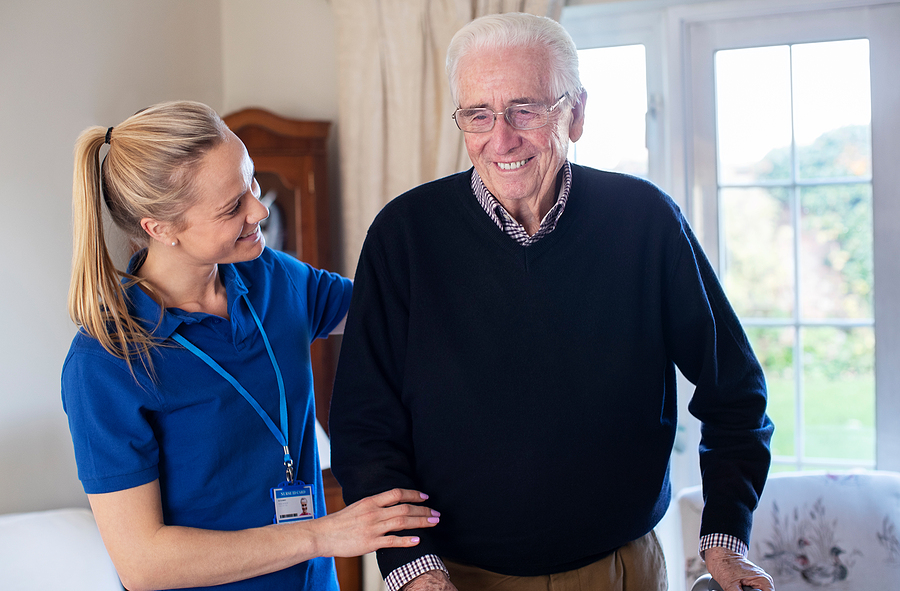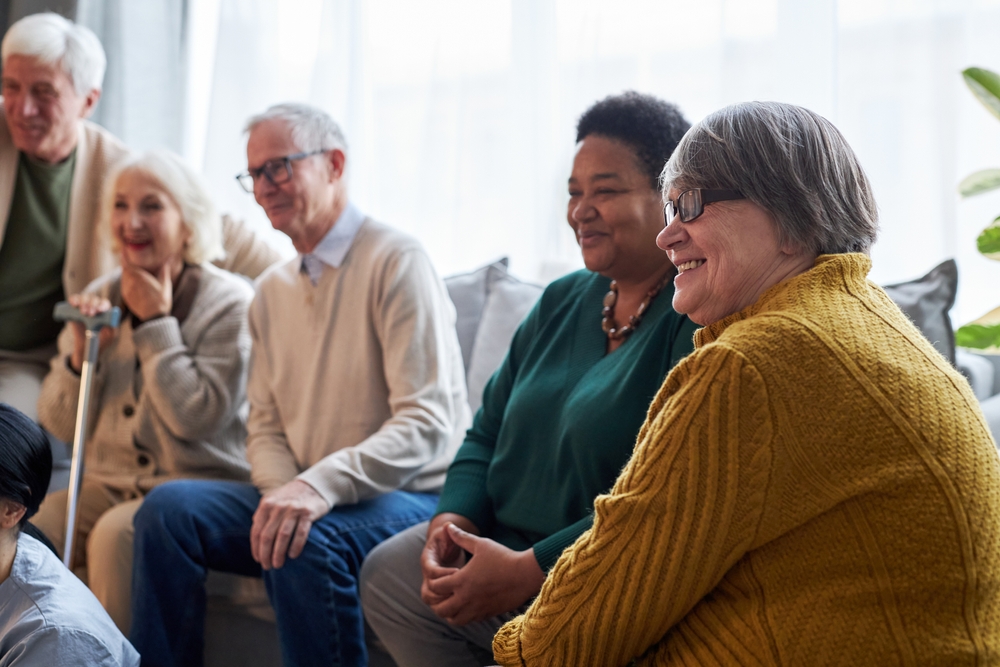Frail Elderly Syndrome: What is Frailty in the Elderly?
Category:

Aging involves a lot of changes to the body. For most adults, bone density peaks around age 30, then it starts a steady decline which continues for the remainder of our lives. In our 40’s, it’s normal to start undergoing gradual age-related muscle loss, called sarcopenia. Our skin becomes thinner, our eyes less acute, our immune system less robust, and so forth.
On its own, any one of these problems isn’t necessarily dangerous. However, at the right intensity, and combined together with similar problems, the results can be a medical condition known as Frail Elderly Syndrome. So what makes frail elderly people at such great risk, and what can you do to help loved ones mitigate those risks?
What is Frailty in the Elderly?
A syndrome is a group of symptoms that characterize an abnormality. When a frail elderly person’s vulnerabilities become severe enough, they can actually represent a far greater risk than any of the individual problems would suggest.
For a healthy young person, a few bumps and bruises are virtually no threat. Colds and the flu are perhaps unpleasant, but typically not dangerous. But for a frail person — when physiological stress comes along, so does poor medical outcomes. Stress is often followed by a prolonged recovery, and then a decline in functionality.
In fact, frail adults are at greater risk of surgical complications, and more than double the risk of death after major surgery. Frailty can help predict the severity of illnesses like cancer. It also increases the risk of disability, suffering a fall, hospitalization, and death. In short, frail elderly syndrome can be quite dangerous without intervention.
Download a Free Guide to Home Care
Frailty and Deconditioning in the Elderly
The body tends to resist maintaining more muscle than a person’s lifestyle demands. Following a long period of inactivity, like being hospitalized or leading a sedentary lifestyle, a person can experience deconditioning. And this is essentially the body’s way of adapting to the lowest demands of a person’s lifestyle.
And while frailty often develops over months or years, deconditioning can develop in only a few days. Common symptoms include fatigue, diminished appetite, decreased stamina, muscular weakness, and decreased cognitive ability. But the most obvious sign of deconditioning is muscule mass reduction, often visible within as little as two weeks.
Risk for Frail Elderly Syndrome
Age is a leading risk factor; most frail adults are 80 and older. But other common risk factors include chronic disease, obesity, anemia, and hormonal abnormalities. Frailty is also more common among women and among people of lower socioeconomic status.
Because different indexes are used to measure frailty, it’s difficult to estimate how many older adults are considered frail. But it’s estimated that somewhere between 7-12% of seniors are at risk of suffering these increased health risks.
Frail Elderly Assessment Tool
There are several inventories used to diagnose and evaluate frailty and its risks. One of the most common frail elderly assessment tools is the Johns Hopkins Frailty Criteria, which involves making measurements of exhaustion, muscle weakness, levels of physical activity, walking speed, and unintentional weight loss.
In most assessment tools, you need at least three of these criteria graded highly to be considered frail. However, identifying frailty is often as simple as “you know it when you see it” because there are usually outward signs.
Avoiding Frailty in Elderly People
Identifying frail elderly individuals and intervening early can be essential. Age-appropriate conditioning activities can help increase physical function while reducing a variety of severe health risks. For older adults, these kinds of simple diet-and-exercise interventions can literally be lifesaving.
Subscribe
Date: 2020-10-29
Category:


